National marathoner Soh Rui Yong admitted that he is the worst athlete to consult about nutrition during training sessions and race day.
Said Soh, 26, “I am one of the worst athletes to ask about nutrition because I have no plan on this. In fact the chairman of Sport Singapore asked me the other day why I posted a photo of me drinking beer on social media.”
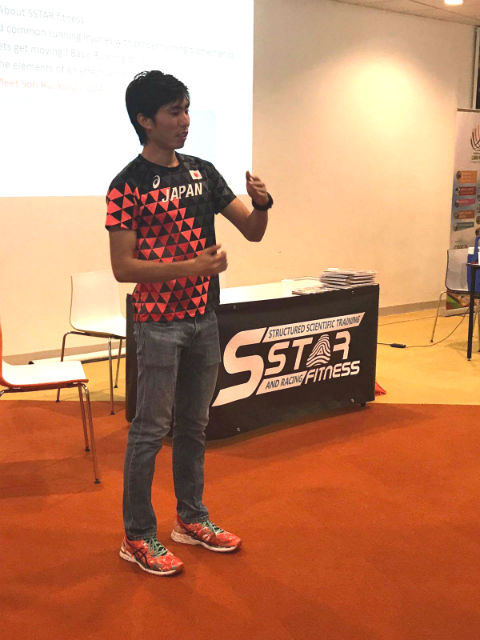
Soh Rui Yong at the Sports Hub Library.
Gets a good balance of nutrients from the various food groups
He added, “But I pay attention to getting a good balance of food from the various food groups. For carbs, I take rice and pasta. I also like chicken and fish, and I take red meat because it is rich in iron. But really, I have no plan. If you see what I eat in Singapore, there is brown rice; I try and get it with two or three vegetable dishes and tofu. I also have meat and try to stick to a balanced diet, but I have no restrictions on what to eat and what not to eat. I also like dim sums, but I will not have them right before a race.”
But in the one week leading up to each of his marathon races, Soh would try and abstain from beer though. He said, “I stay away from beer the week leading up to the marathon. For breakfast on race morning, I will also have two slices of bread with peanut butter and jam, as well as a sports drink. I used to take orange juice before races, but it builds up acidity so that is bad… so in fact I had been doing it wrong my entire life until about recently.”
Soh also reiterated that it is quite important to maintain a good balance between carbs, proteins, fats as well as low and high GI (glycemic index) foods, for runners.

When he goes shopping, Soh tries to get a balanced meal with food from all of the food groups.
Said Soh, “Preferably, take brown bread over white because it is lower GI. Peanut butter is good too, as it is low GI and also has healthy fats. Isotonic drinks have lots of sugar and glucose, making them easy to digest and give you a boost of energy on the go.”
Takes energy gels every 10km
For his race day nutrition intake and hydration, Soh also has a gel right before running each of his races whilst he is at the start line, and he will then continue to take a gel at every 10km of running.
He said, “I am quite conventional when it comes to racing. I take one gel at every 10km into my run and make sure I have one spare too – because there was once when I dropped a gel. I turned around and saw my gel but there were at least 500 runners between me and the gel. I hoped then, that I could reach the gel before someone stepped on it!”
As well, Soh also hydrates himself with water and sports drink, if they are available to him along the route.
Fielding questions at a Q&A session to prepare runners for the CSC Run by the Bay
Soh had been fielding questions about running, training and nutrition, at the Singapore Sports Hub Library recently. He was conducting the Q&A session as part of a running clinic held for participants of the CSC Run by the Bay, which takes place on 1 October this year.
His Training Regime
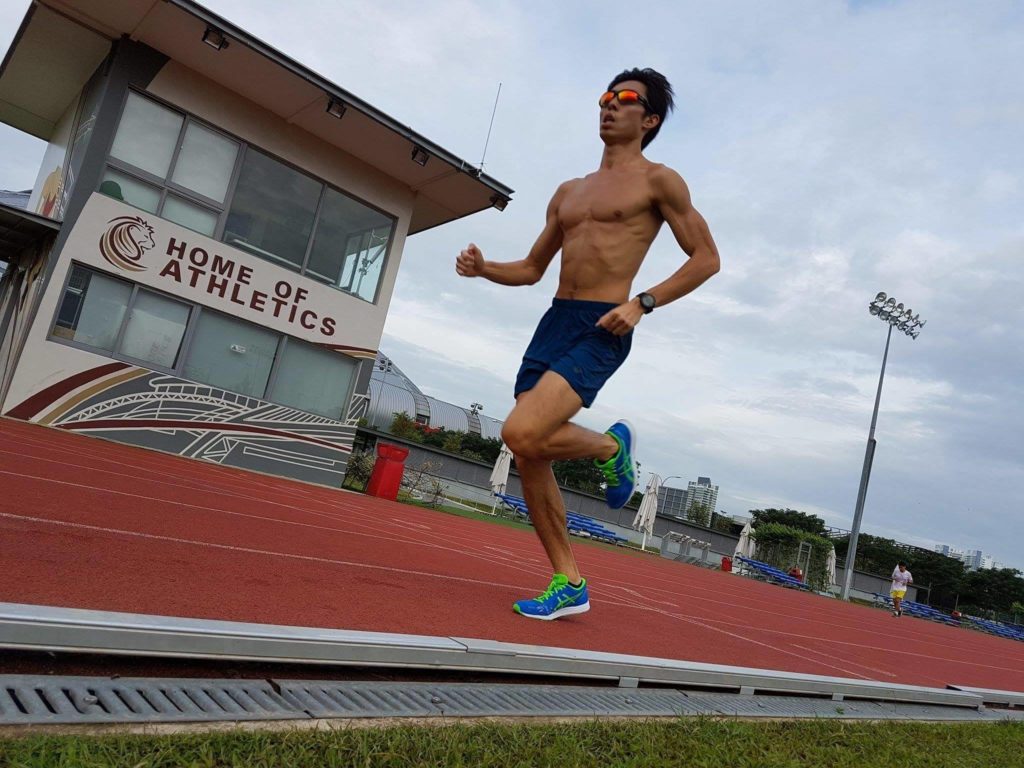
How does Soh train for his races?
Besides food and nutrition, Soh also shared more on his training regime and gave runners training tips.
He said, “I think that running is one of the simplest sports to pick up. It is all about volume and intensity. If you have that balance, you will not get injuries. For me, I go by the 80-20 rule. I focus on volume and I respond better to the longer workouts. I can do 25km at marathon pace as a tempo run and that will indicate my marathon performance.”
Added Soh, “But if I am to follow a 5K training plan, I’ll find it harder. I think that it is due to my muscle or body type. It’s important to find what is your best event as a runner and train for that. There are no secret in running fast, it is all about being focused and staying committed.”
Three weeks before a race, Soh would do a warm up for 5km, and then he would embark on a 16-mile (26km) long run. Said Soh, “I run at marathon effort to see if I can sustain my target pace. If not, then I will continue for 17km and drop to 2:24mins/km pace. After all, during my race pace run, I am in the middle of heavy weeks, so I should be able to run my target pace on race day as I will be tapered and rested. This is my prediction run for race day; after which I will cool down for 5km.”
His long runs are done at a steady state effort, which is slower than tempo runs but at a harder effort than easy runs.
Said Soh, “Steady state runs are basically done at marathon effort. It is slower than tempo, which means that you are working hard, but they are easier than tempo runs and they are still done at an aerobic effort. This is a pace that you would be able to sustain for a full marathon.”
He added, “It is very important to not go too fast during such runs. You need to maintain that slower pace as you are supposed to be training to burn fats, and not carbs. So slow down to activate your fat burning capacity. Doing your steady state and long runs too fast are not useful for your long term performance running goals.”
During his time in the United States, where Soh went to train for the recent South East Asian Games – where he successfully defended his SEA Games marathon title, there was one workout where Soh had been tasked by his coach (Ian Dobson) to run 12 miles on a straight road at an altitude of 2,000m above sea level.
He said, “I found it hard to breathe and after a few kilometres, it was wearing down my body to run at marathon pace. I was also trying to figure out what my marathon pace was. My coach told me to run at 3.35mins/km. I did the first kilometre in 3.39 mins then I spend up in the second, doing it in 3.34 mins. My coach scolded me and told me that the reason he had wanted me to practise at a specific pace, was to acclimatise my body to run at marathon effort and burn both carbs and fats; if I ran too fast, I would be burning carbs only.”
Continued Soh, “In Singapore, we generally buy into the mentality that if you are not vomiting at training, you did not train hard enough but running at race pace and not faster, is a good way to get the body used to running at marathon effort.”
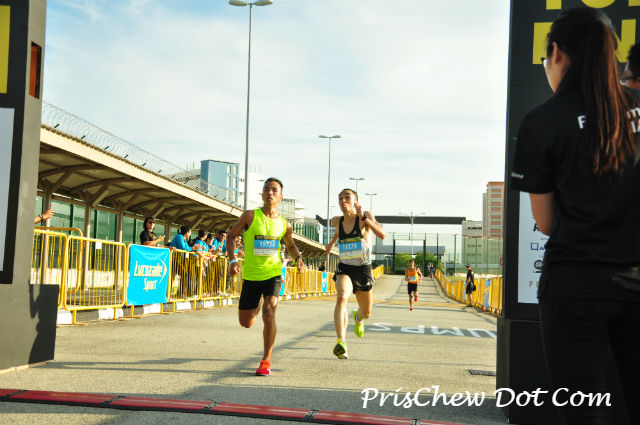
Soh does not recommend runners to run till they vomit.
In addition, Soh also does shorter tempo runs regularly during his training sessions, where he will run faster than race pace too. He said, “This is so that my legs can still remember how to run fast.”
He added, “Do not keep on training at the same pace. Mix up your training pace at different times. That is how you can improve your lactate threshold and speed.”
Seasoned runners can gauge their effort better than beginners
Soh also shared that seasoned runners will be able to gauge their effort better than beginners.
Explained Soh, “I have been running for quite a long time so I can estimate my effort better than beginners. But there are ways to calculate your rate of perceived exertion. For example, at Gold Coast, Australia, it is much cooler so you will run a personal best compared to running in Singapore. But you cannot train at the same pace that you will race at Gold Coast as the heat and humidity makes your workouts feel harder. For example I may be able to run at 2.20mins/km pace at the Gold Coast, but I will do my runs at 2.25mins/km pace in Singapore. If I can sustain the 2.25 pace here in Singapore, then it will be a bonus to run 2.20 pace at Gold Coast.”
He added, “In that way, it is good to train in Singapore and race overseas, as it will make it easier to race on the day itself; Singaporeans will be able to adapt better.”
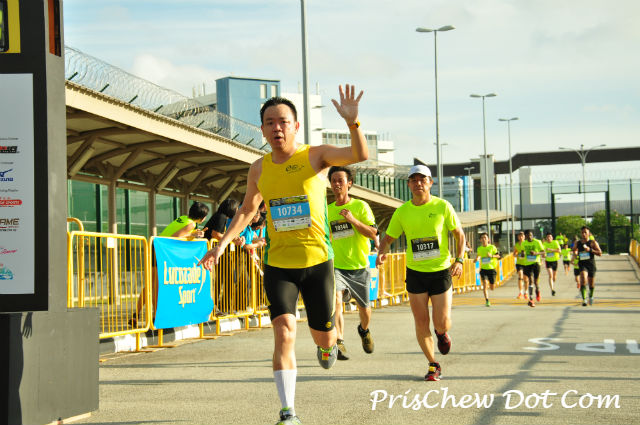
Seasoned runners should be able to gauge their effort.
This is because when training in hot weather, the blood plasma in your body increases and you will sweat much earlier on during the run to stay cool. As such, the cooler temperatures when racing overseas, will feel like a breeze and be much easier to run.
Location matters
The location where you are training also makes a difference in terms of running ability and rate of recovery too, adds Soh.
He said, “In FlagStaff (Arizona, United States), I trained at the mountains; it is not hot and humid there but there isn’t much oxygen in the air either, so it becomes harder and you get tired faster. In Singapore on ground level, it is hot and humid but I find that easier because there is plenty of oxygen to fuel your workouts.”
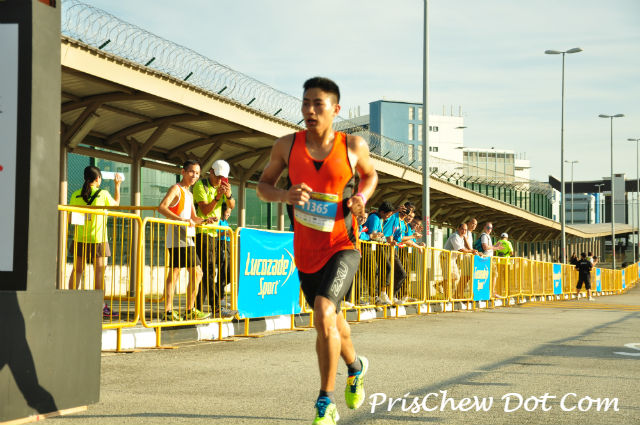
Running in Singapore is a hot and humid experience; Soh remarked that it is easier to run at a faster pace in cooler climates.
Cross Training
As well, Soh also shared that he does some cross training at the gym once a week too.
He said, “I don’t do swimming or cycling unless I am injured. But I go to the gym every week for functional training and core exercises to prevent injury risk. I don’t lift weights or anything though.”

Leave a Comment